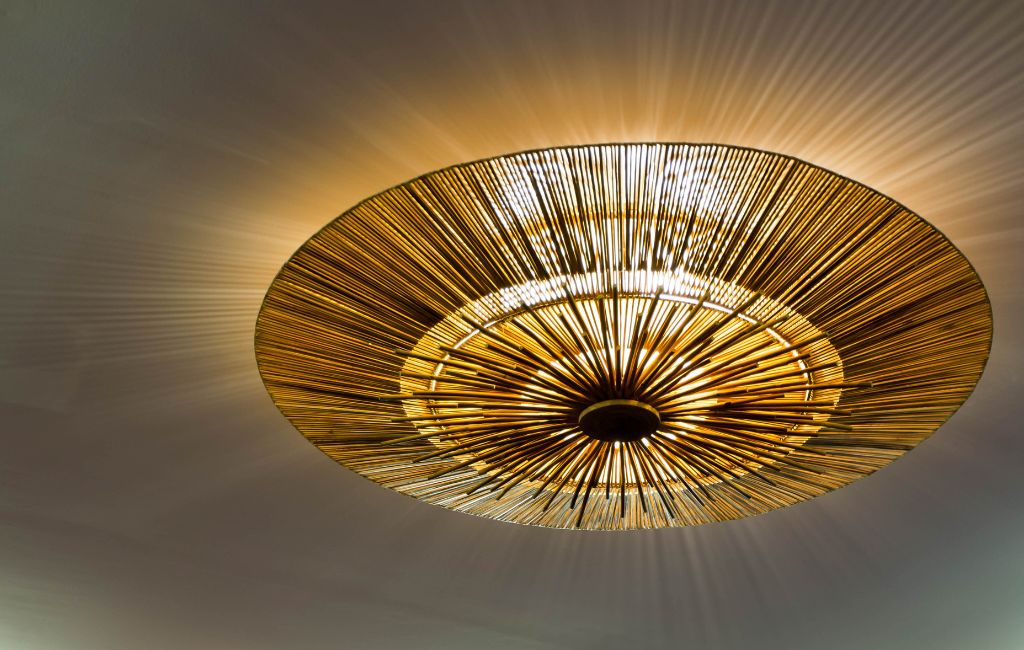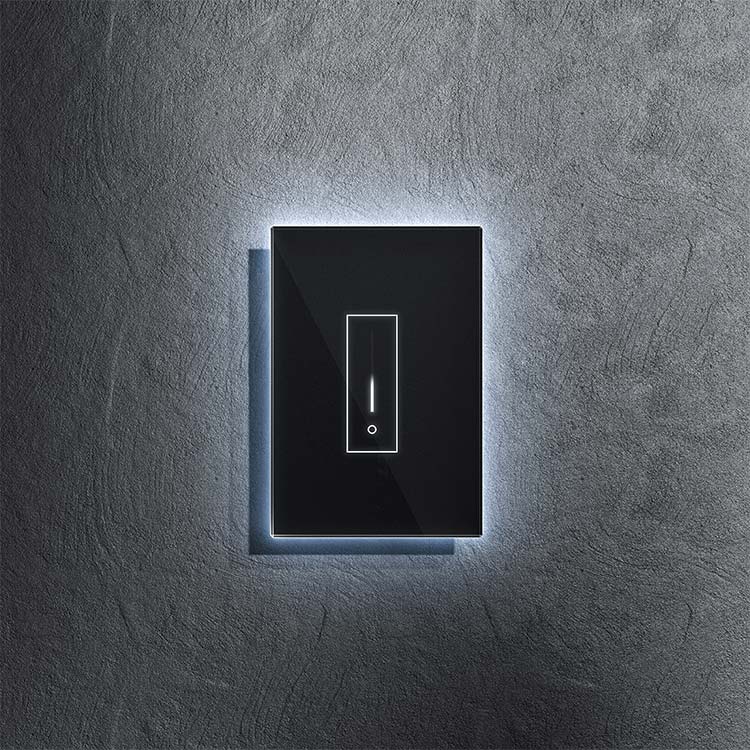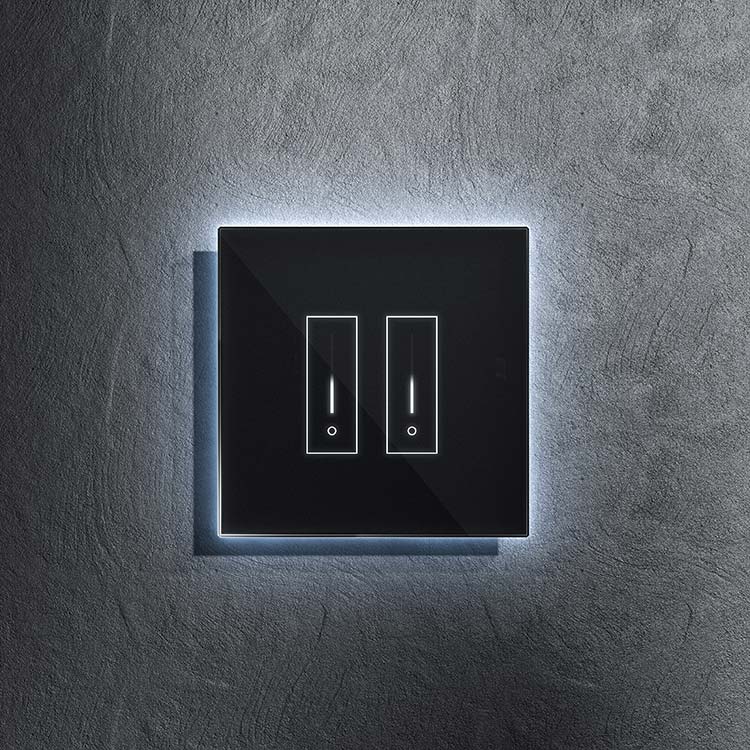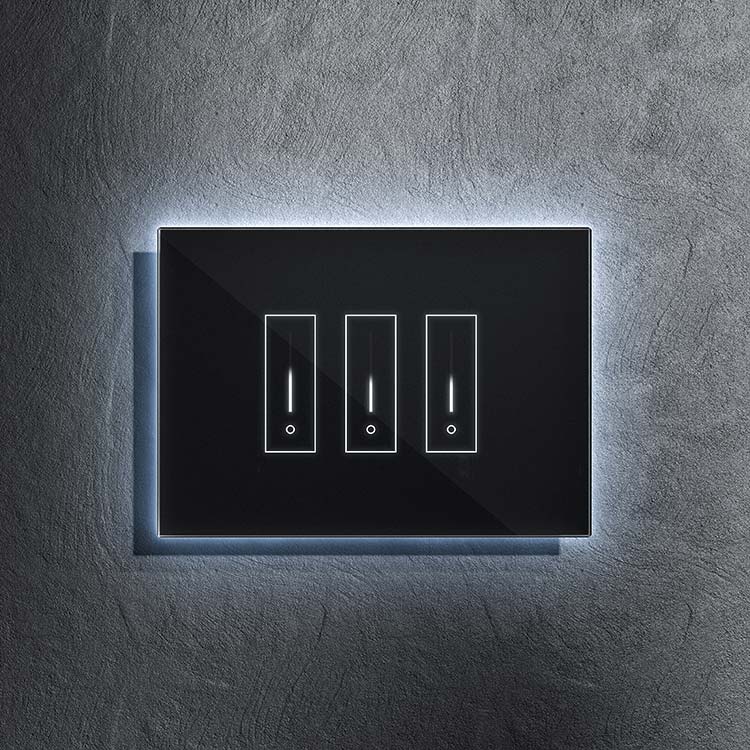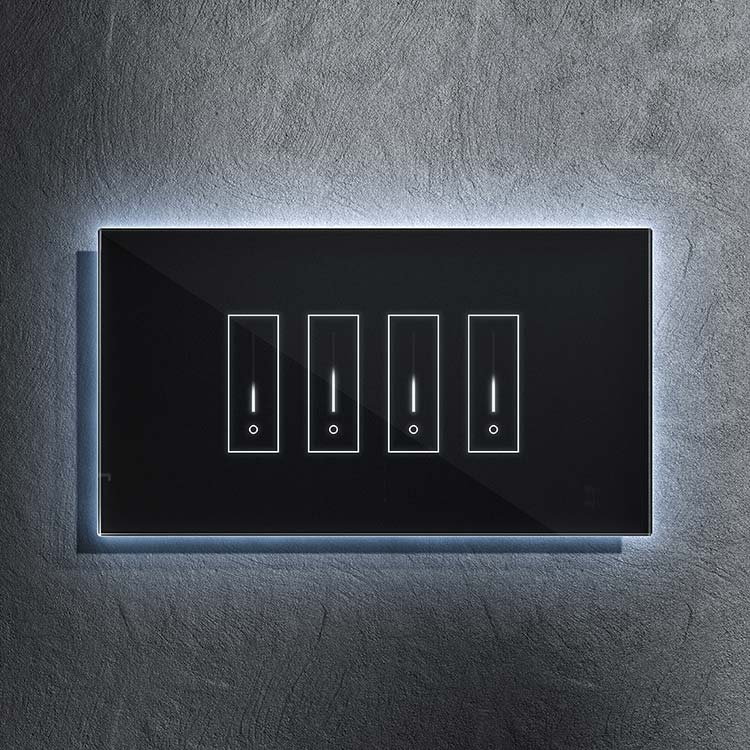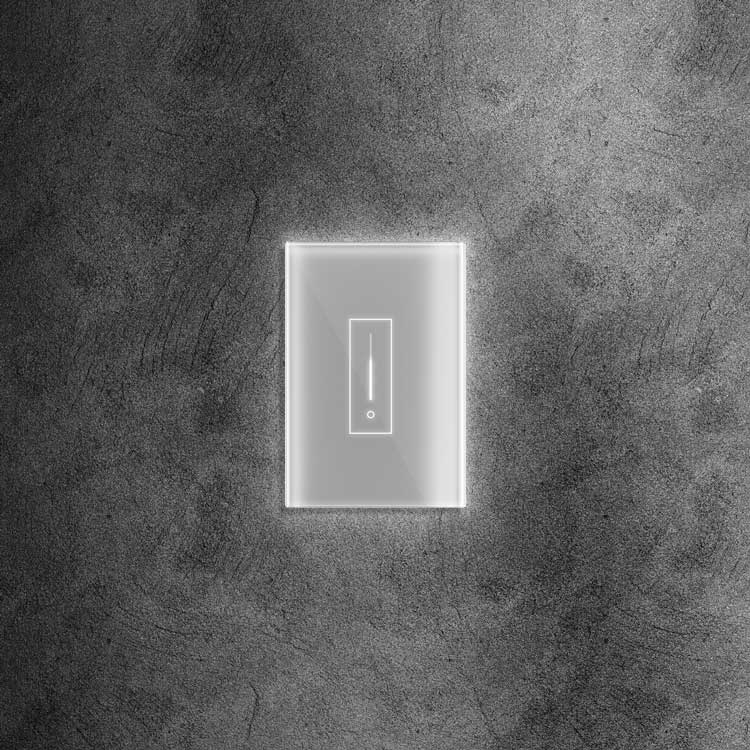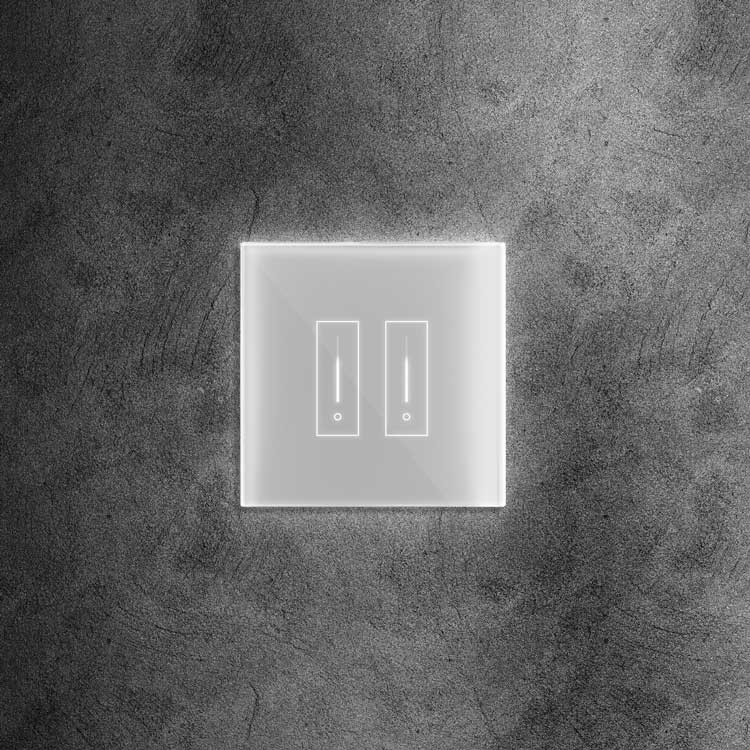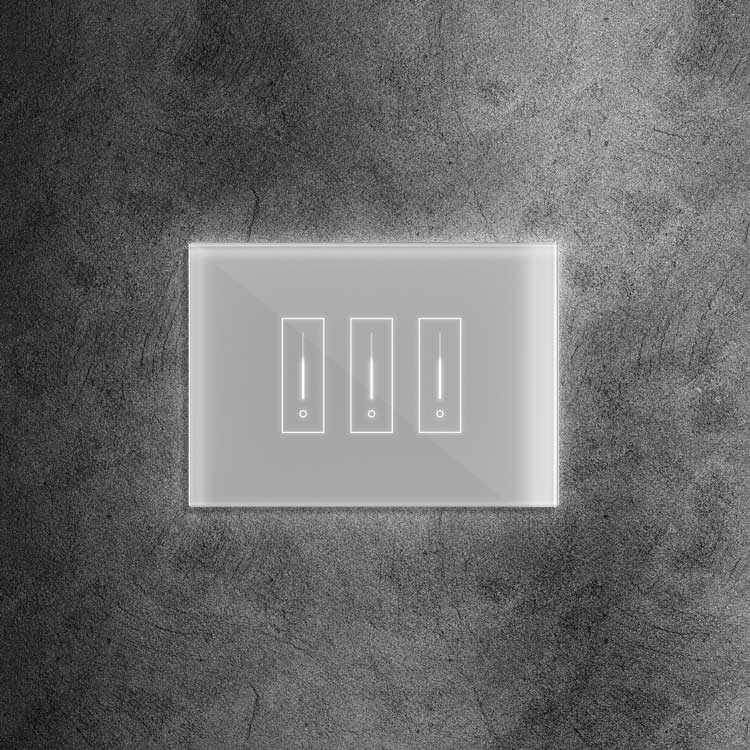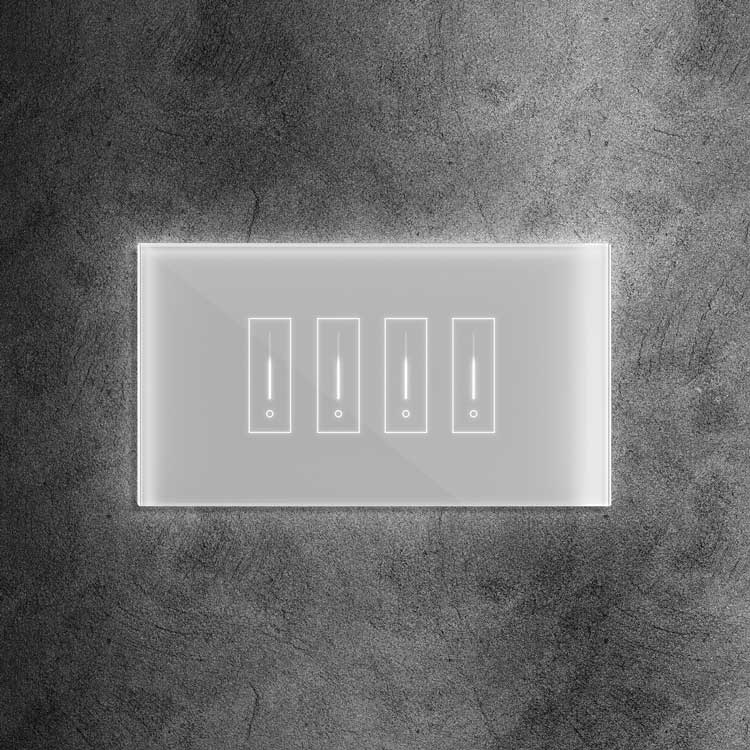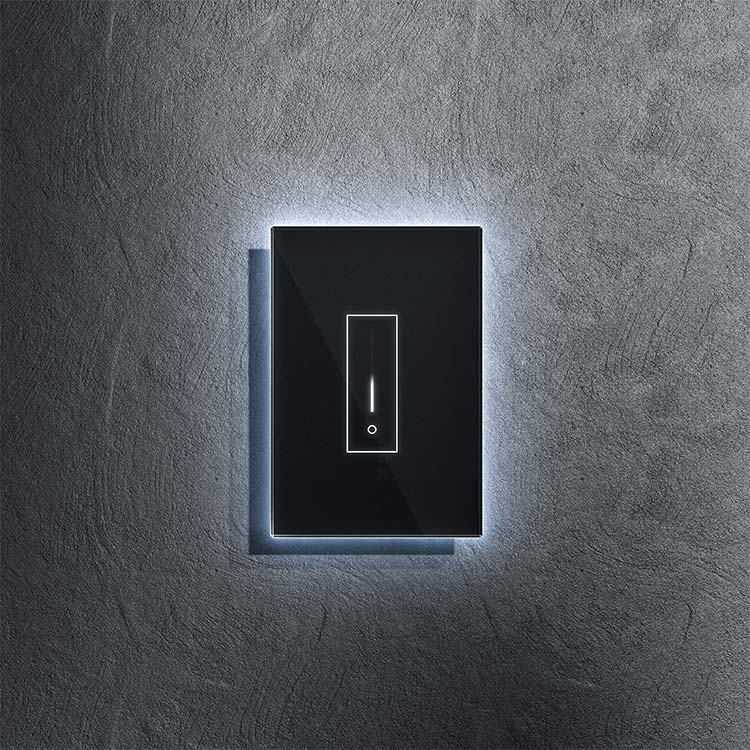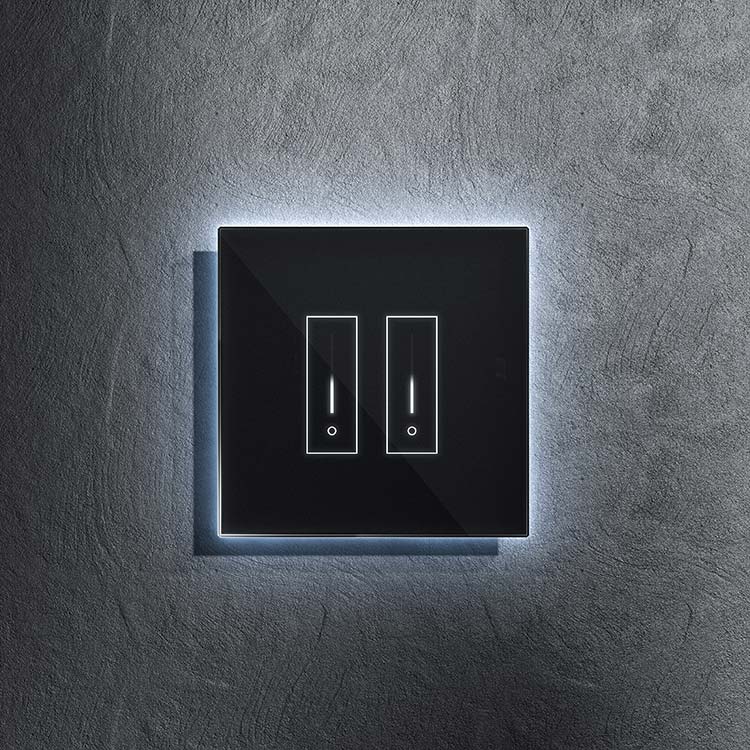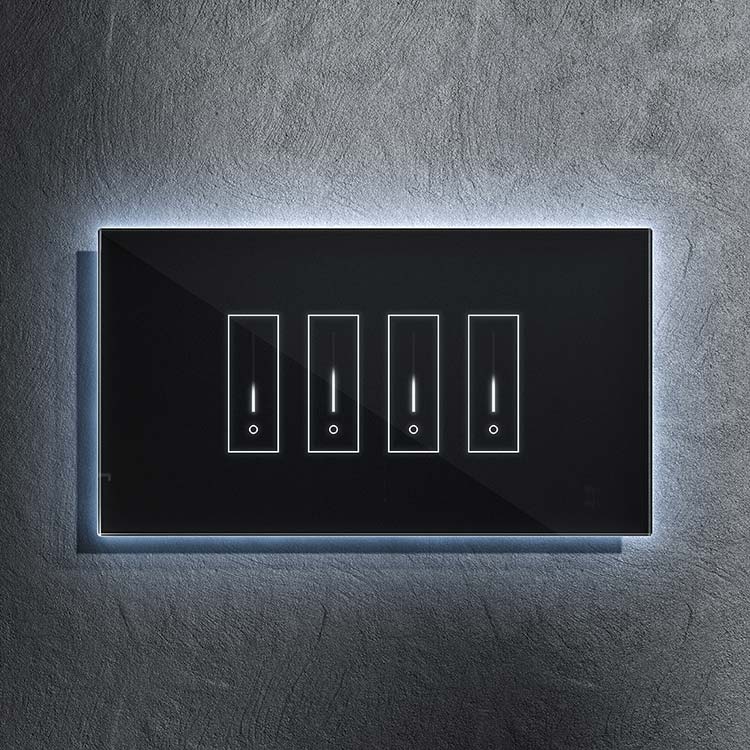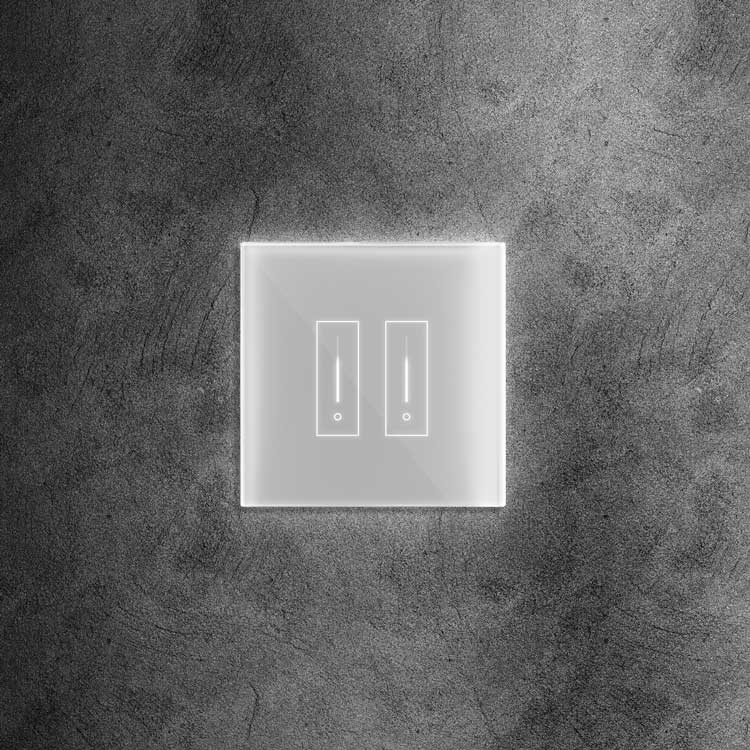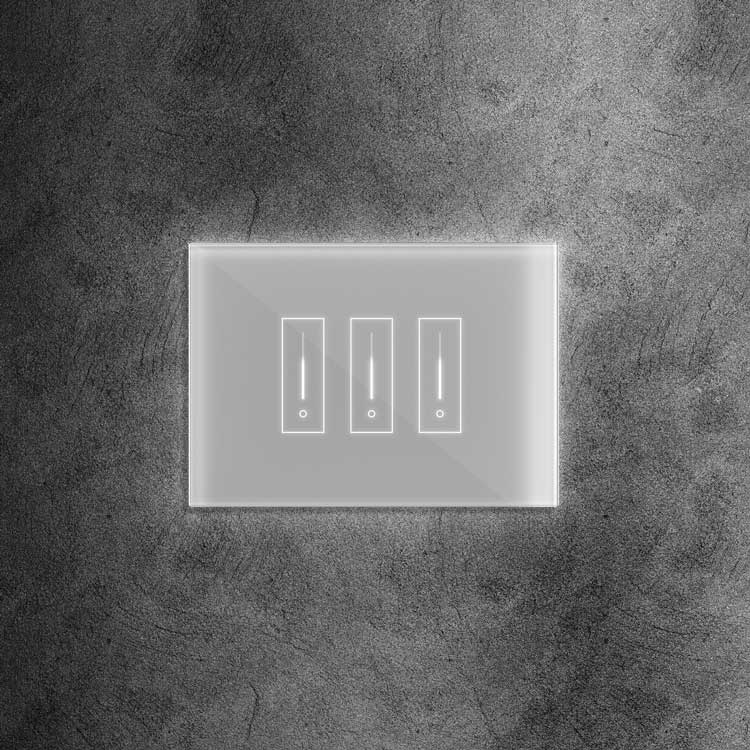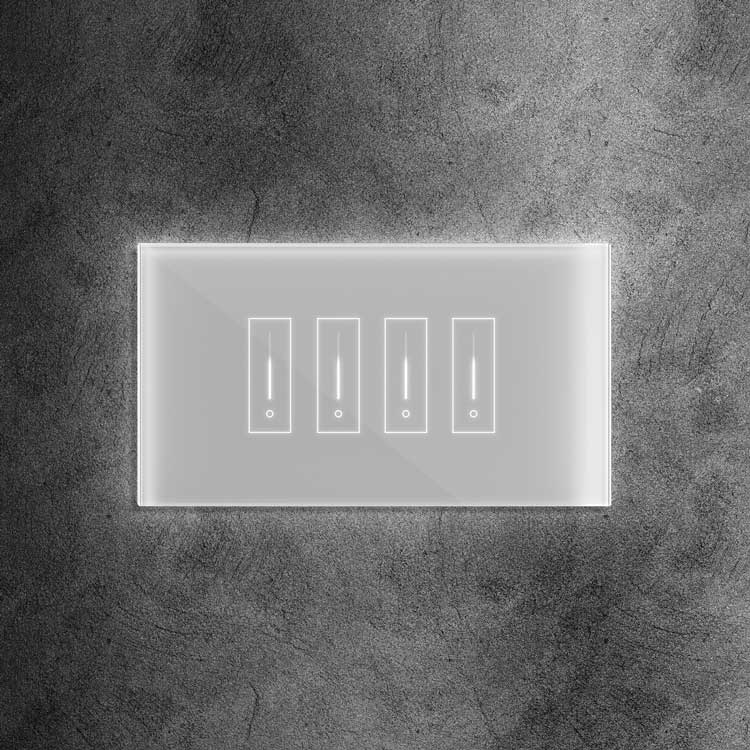Modern lighting fixtures have revolutionized the way we illuminate our spaces, blending functionality with contemporary design. These modern lighting fixtures not only provide essential light but also serve as statement pieces that enhance the aesthetic appeal of any room. With sleek designs, innovative technology, and energy-efficient options, modern lighting fixtures offer a perfect blend of style and practicality for today's homes and businesses. Whether you're looking to update your living room, kitchen, or office, modern lighting fixtures provide a versatile and stylish solution to meet your lighting needs.
Embracing Modern Lighting Ideas
Gone are the days when lighting fixtures merely served a functional purpose. Today, statement pieces contribute to a space's overall aesthetic appeal. Modern lighting ideas encompass various styles, catering to diverse tastes and design preferences.
One of the most impressive features of contemporary lighting is its ability to mix in with any design style. Whether you favor the clean lines of contemporary design or the warmth of classic Dor, a modern lighting fixture will fit your style. From understated sconces to bold chandeliers, these fixtures are focal points that tie the room together.
Moreover, modern lighting design prioritizes both form and function. LED technology, in particular, has revolutionized the industry by offering energy-efficient solutions without compromising style. These eco-friendly fixtures reduce electricity consumption and provide a superior quality of light, enhancing visibility and creating a more inviting atmosphere.
The Art of Modern Lighting Design
Modern lighting is based on inventive design that pushes the boundaries of creativity and utility. Designers constantly explore new materials, shapes, and technologies to bring their vision to life. Whether experimenting with unconventional materials like recycled glass or incorporating smart features such as dimmable controls and motion sensors, modern lighting design pushes the envelope.
One emerging trend in modern lighting design is the integration of nature-inspired elements. From organic shapes reminiscent of tree branches to fixtures that mimic the play of sunlight filtering through leaves, these designs bring a sense of natural beauty indoors. By blurring the lines between the built environment and the natural world, these fixtures create a harmonious balance that enhances the overall well-being of occupants.
Another key aspect of modern lighting design is its emphasis on versatility. Many fixtures are designed to be modular, allowing users to customize their lighting arrangement according to their needs and preferences. This flexibility ensures optimal functionality and encourages creativity in how spaces are illuminated.
Transforming Spaces with Enlightened Elegance
The possibilities are truly endless when redefining spaces with modern lighting fixtures. Whether you want to create a comfortable reading corner in your living room or make a strong statement in your doorway, the appropriate lighting can make a huge impact.
In residential settings, modern lighting can transform ordinary rooms into inviting sanctuaries. Pendant lights suspended over kitchen islands add a touch of sophistication, while recessed lighting creates a clean, uncluttered look in bathrooms and hallways. Dimmable fixtures in bedrooms allow you to modify the lighting to suit your mood, whether you want a calm atmosphere to wind down at night or an energetic glow to start the day.
Modern lighting plays a crucial role in shaping the customer experience in commercial spaces. From trendy restaurants to high-end boutiques, lighting sets the tone for the brand identity and influences how customers perceive the space. Dynamic lighting installations may create immersive settings that engage the senses and indelibly impact guests.
Exploring the Intersection of Form and Function
Modern lighting fixtures are not only about aesthetics; they also prioritize functionality and efficiency. LED technology, in particular, has emerged as a game-changer in lighting design. LED lights use substantially less energy than typical incandescent bulbs, making them a sustainable option for home and commercial applications.
Furthermore, new lighting fixtures frequently have complex controls that enable customers to personalize their lighting experience. From smartphone apps to voice-activated assistants, these controls offer unprecedented convenience and flexibility. Users can adjust the brightness, color temperature, and even the direction of the light to suit their preferences and create the perfect ambiance for any occasion.
Pushing the Boundaries of Creativity
In the realm of modern lighting design, creativity knows no bounds. Designers are constantly pushing the boundaries of conventional thinking to create truly unique and innovative fixtures. Whether experimenting with unconventional materials like acrylic or exploring avant-garde shapes and forms, modern lighting design celebrates creativity and imagination.
One significant trend in current lighting design is using geometric forms and patterns to produce visually appealing displays. From hexagonal pendant lights to elaborate lattice designs, these fixtures offer a modern touch to any environment. Designers may create stunning effects by experimenting with light and shadow, capturing the eye and elevating the mood of the place.
Integrating Modern Lighting into Interior Design
When incorporating modern lighting fixtures into interior design schemes, it's essential to consider the space's overall aesthetic and functionality. Lighting should complement the existing decor and architectural elements while serving a practical purpose. For example, in open-concept living areas, a combination of pendant and recessed lighting can help define different zones while maintaining a cohesive look.
Moreover, layering light is key to creating depth and dimension in a space. By combining ambient, task, and accent lighting, designers can enhance the room's functionality while adding visual interest. For instance, in a home office, overhead lighting provides general illumination, while task lighting at the desk ensures adequate visibility for work tasks. Meanwhile, accent lighting, such as wall sconces or picture lights, highlights artwork or architectural features, adding a decorative touch to the space.
The Role of Modern Lighting in Architectural Design
Lighting is an important aspect of architectural design since it highlights a building's shape, texture, and spatial features. Modern lighting fixtures are often integrated seamlessly into the architecture, becoming an integral part of the design rather than mere accessories. From dramatic uplighting that accentuates soaring ceilings to discreet recessed fixtures that wash walls with a soft glow, lighting enhances the architectural features of a space, creating visual interest and drama.
Moreover, modern lighting can define circulation paths, guide wayfinding, and create a visual hierarchy within a building. Strategically placed fixtures can draw attention to important landmarks or focal points, such as entrances, reception areas, or staircases. By carefully orchestrating light and shadow, architects can sculpt the spatial experience, shaping how occupants perceive and interact with the built environment.
